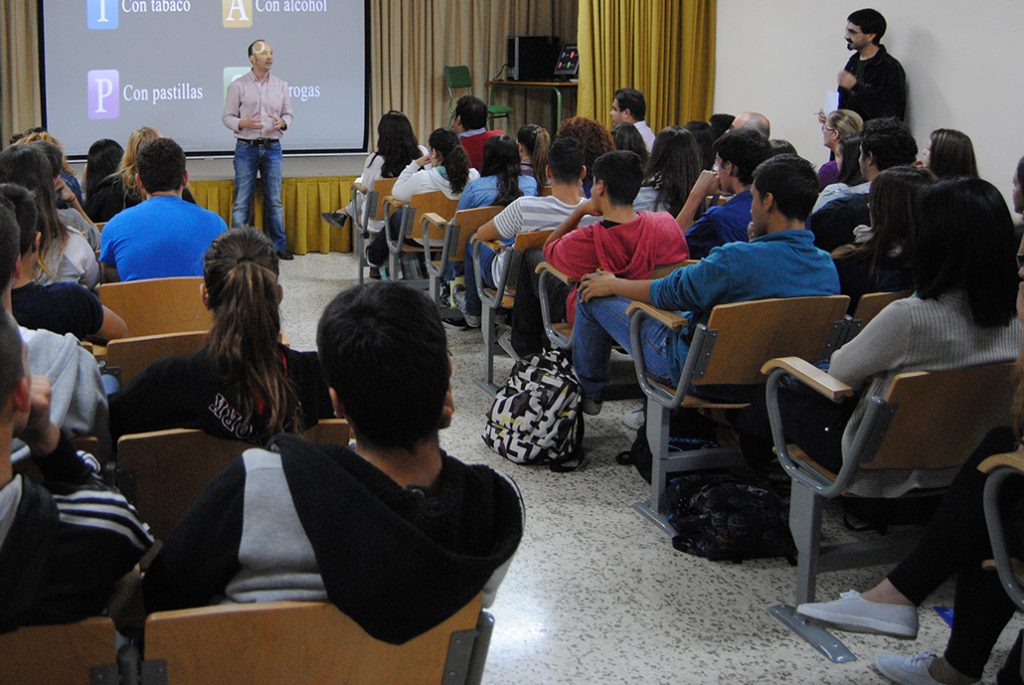Starting high school: adaptation process and tips

The transition to Secondary Education entails a great psychological, affective-emotional and social challenge for students. It is a complex process because at 12 years of age, they are no longer children, nor are they adults, they are right in the middle of preadolescence, a key period that marks a before and after in their evolutionary and cognitive development, as well as in their training and/or work future. Formal thinking, emotional maturity, restructuring of body image, relationships with peer group, etc…mark this period. Therefore, the attention of teachers, tutors, guidance teams and parents is essential for an adequate psycho-affective and social adaptation of the child.
The process, like any habit, lasts around 21 days, being necessary in that period to be attentive to any symptom that may appear at all levels, somatic (dizziness, vomiting, loss of appetite, insomnia), emotional (sadness, mood swings, anguish), psychological (lack of adaptation to the new context, anxiety or fear, insecurity, lack of autonomy, low tolerance to frustration), among others.
Check out below some advice and recommendations for the functional adaptation of children to the new Secondary Education school:
* Set rules before the start of the school year: Negotiate with the child bedtime and getting up times, if they will be walking to schoolalone or accompanied, organization of their school materials, hours dedicated to homework and private classes as well as sports or leisure activities, etc.
* Decide if you will accompany your kid during the first school days, or at least the first day, until he or she feels safe and autonomous.
* Have a short and safe goodbye, motivating them to socialize with their peer group from the first moment.
* As a parent, avoid showing any fears: “Confident parents, confident children.” It is about abandoning overprotection.
* Monitor adaptation, especially during the first days. If any abnormal behavior is noticed, create a communicative environment of trust with the child so that they can express themselves. If it persists after the adaptation period, which lasts about three weeks, contact an expert professional who can helps the child and family members in the process.
* Collaborate with the school for the welcome and first adaptation. Knowing the tutor and/or teachers will be of great help if faced with any difficulty. Smooth communication with children is essential because it is our most important connection with the school, as they have insider information about the children. In case of special educational needs, collaboration with the Guidance Team is essential.
* Ask every day about how was his or her day at school, without questioning them, letting them express themselves freely. One should be attentive to both what the child does or doesn’t say (verbal and non-verbal language).
* Replace negative messages about the school with positive ones. For example, if the child mentions they preferred school to higher school, one could answer “in high school you will be more independent and mature”.
* Discipline: Gradually increase the time devoted to homework and study time. At the beginning 30 minutes will be enough, then it will increase to 1.30 or 2.00h according to the needs of the child.
In summary, the adaptation period depends on each child and on the active collaboration of parents and teachers or tutors. It is recommended to start with happiness, confidence and common sense, because it is a great opportunity for the child to become fully autonomous psychologically, emotionally and socially.




